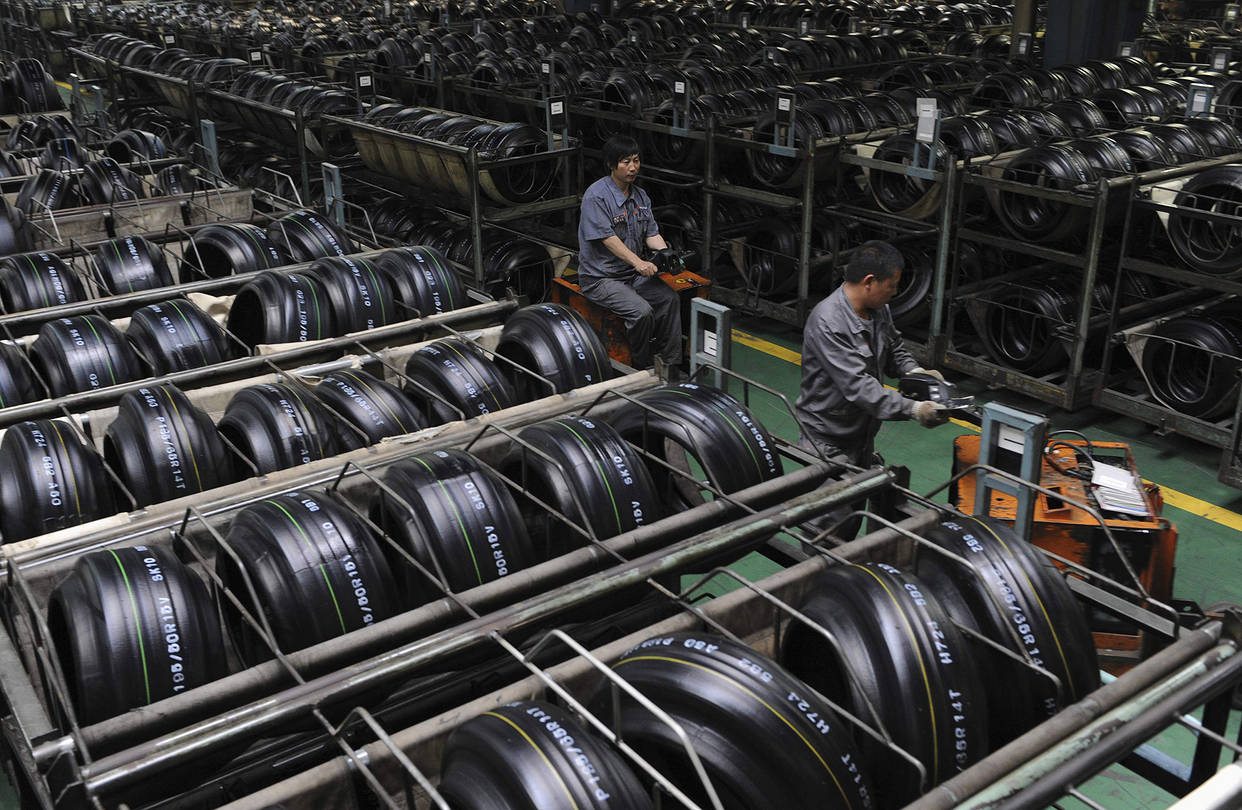In an era where uninterrupted oxygen supply is critical for healthcare and industrial operations, PSA plants for oxygen generation stand out as a game-changer. Pressure Swing Adsorption (PSA) technology enables efficient, on-site production of high-purity oxygen from ambient air, eliminating dependency on external suppliers and mitigating risks like shortages or logistics delays. Whether you’re a hospital preparing for peak demands in 2025 or an industrial facility seeking cost-effective solutions, understanding PSA oxygen plants can empower you to achieve self-sufficiency. This article explores the fundamentals, advantages, and practical applications of PSA technology, drawing from proven systems that deliver 93% ±3% purity to meet global standards.
What is PSA Technology and How Do PSA Oxygen Plants Work?
At its core, a PSA plant for oxygen uses Pressure Swing Adsorption to separate oxygen molecules from nitrogen and other gases in compressed air. The process relies on zeolite molecular sieves housed in two alternating pressure vessels. Here’s a step-by-step breakdown:
- Air Compression and Filtration: Ambient air is compressed to 4-8 bar and filtered to remove moisture, oil, and particulates, ensuring a clean feed.
- Adsorption Phase: In the first vessel, pressurized air passes through zeolite beds, where nitrogen is selectively adsorbed, allowing oxygen (typically 92-95% purity) to flow into an accumulation tank.
- Desorption and Regeneration: The second vessel regenerates by depressurizing, releasing adsorbed nitrogen as waste gas. Valves switch roles seamlessly for continuous output.
- Oxygen Delivery: Purified oxygen is stabilized, monitored for quality, and piped directly to end-use points, such as hospital oxygen networks or industrial processes.
This cycle repeats every few minutes, producing oxygen at flow rates from 10 Nm³/h for small setups to over 500 Nm³/h for large-scale operations. Unlike cryogenic distillation, PSA systems require no hazardous refrigerants, making them safer and more energy-efficient—consuming about 0.3-0.5 kWh per Nm³ of oxygen produced. Compliance with standards like WHO, USP, and ISO 13485 ensures medical-grade reliability, with built-in sensors for real-time purity monitoring (e.g., oxygen analyzers alerting at deviations below 90%).
For hospitals, this means scalable integration with existing central supply systems, supporting everything from single ventilators to full ICU networks without downtime.
Key Benefits of Installing PSA Oxygen Plants for Hospitals and Beyond
Adopting PSA plants for oxygen offers multifaceted advantages, particularly in high-stakes environments like healthcare. Here’s why they’re indispensable:
- Uninterrupted Supply and Reliability: Generate oxygen 24/7 on-site, bypassing supply chain vulnerabilities. In emergencies, backup modes ensure zero interruptions, crucial for ICUs, neonatal units, and surgical suites.
- Cost Savings: Reduce expenses by 50-70% compared to cylinder deliveries or liquid oxygen tankers. No recurring procurement fees, plus lower energy use (up to 30% less than older systems) translates to ROI within 2-3 years.
- Safety and Sustainability: Eliminate risks of high-pressure cylinder handling or cryogenic leaks. PSA uses only air as input, cutting carbon emissions from transport by up to 80% and aligning with green hospital initiatives.
- Scalability and Customization: Modular designs allow easy expansion—add vessels for growing demands without full system overhauls. Capacities start at 5 LPM for clinics and scale to 1,000+ LPM for tertiary hospitals.
- Low Maintenance and Longevity: Zeolite beds last 10+ years with minimal servicing (quarterly checks on filters and valves). Automated controls minimize operator intervention, with remote monitoring via IoT for predictive maintenance.
In industrial contexts, such as aquaculture, glass manufacturing, or wastewater treatment, PSA plants deliver consistent oxygen for oxidation processes, enhancing efficiency while meeting environmental regulations.
Real-world data underscores these benefits: Hospitals with PSA systems reported 99.9% uptime during the 2020-2022 global shortages, per industry reports, proving their resilience.
Practical Applications and Implementation Tips for PSA Oxygen Plants
PSA plants for oxygen shine in diverse applications. In hospitals, they’re vital for:
- Critical Care: Supplying ventilators and anesthesia machines in ICUs and OTs.
- Emergency Preparedness: Rapid deployment (4-6 weeks installation) for disaster-prone areas.
- Remote Facilities: Ideal for rural clinics where logistics are challenging.
Industrially, they support metal fabrication (for cutting/welding), food packaging (to extend shelf life), and biotech (for cell culture oxygenation).
To implement effectively:
- Assess needs: Calculate peak demand (e.g., 200 LPM for a 100-bed hospital) using tools like oxygen flow calculators.
- Site Prep: Ensure 380V power, dry compressed air (dew point -40°C), and 20-30 sqm space.
- Vendor Selection: Opt for turnkey providers with CE-marked systems and after-sales support.
- 2025 Outlook: With rising healthcare demands and supply chain strains, investing now secures compliance with upcoming ESG mandates.
Conclusion: Secure Your Oxygen Future with PSA Plants Today
PSA plants for oxygen represent more than technology—they’re a strategic asset for resilience, efficiency, and sustainability. By generating pure, reliable oxygen on-site, hospitals and industries can avoid costly disruptions and focus on what matters: patient care and productivity. If you’re evaluating options for 2025, consult experts to tailor a PSA solution that fits your scale. Contact a certified provider today to audit your needs and step toward oxygen independence. With proven purity, low costs, and seamless integration, PSA technology isn’t just reliable—it’s essential.
FAQs: What purity does a PSA oxygen plant achieve? (93% ±3%). How long does installation take? (4-6 weeks). Is it suitable for medical use? (Yes, WHO-compliant).





 sales2:+86 17506119168
sales2:+86 17506119168

